- Category
- Latest news
What Are Russia’s “Sleeper Drones"—and Why They Pose a Growing Threat to Ukraine
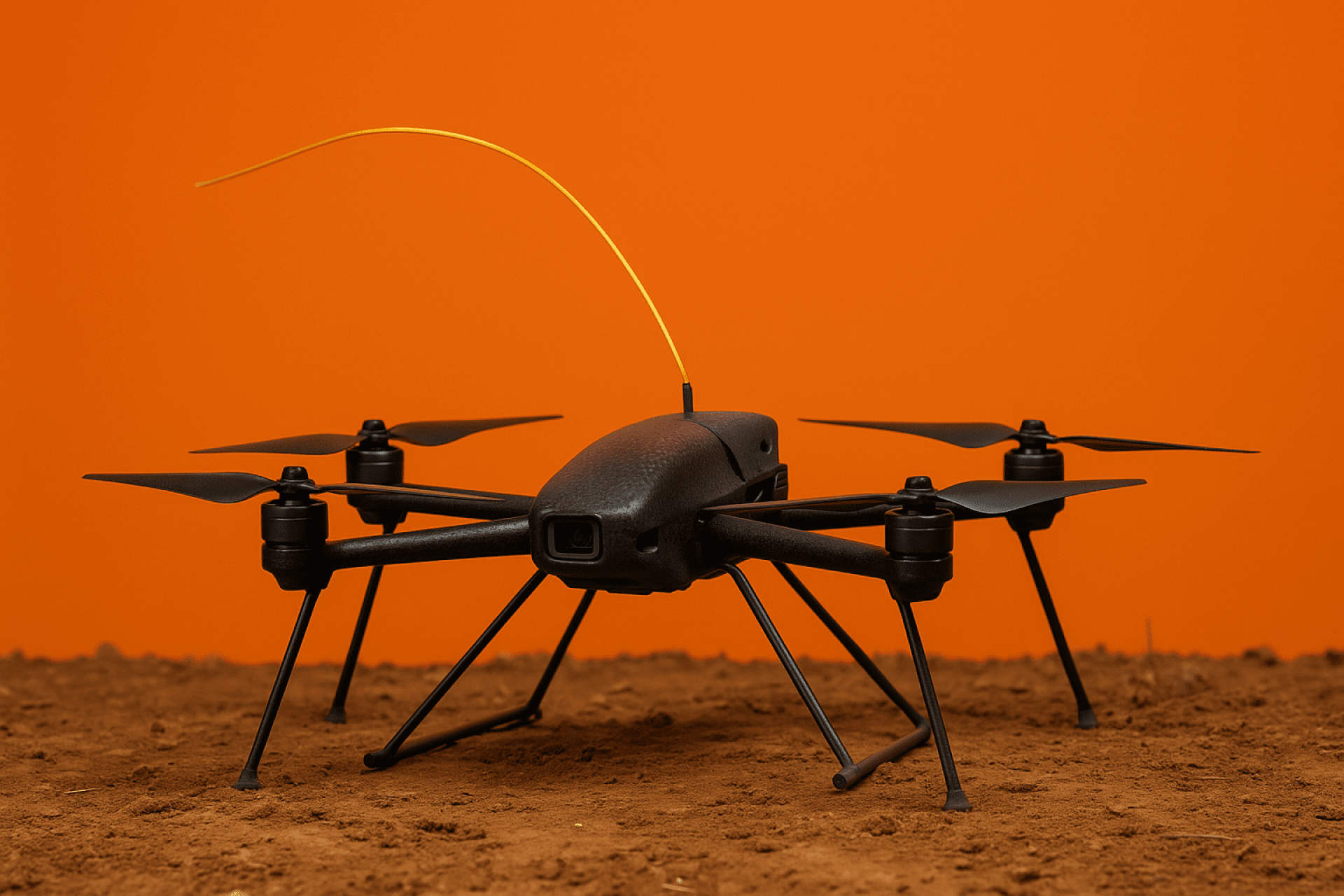
Russia’s war in Ukraine has entered a new phase of drone warfare. Using fiber-optic lines for control, Moscow is now deploying FPV drones that can hide for hours or days before launching sudden attacks. This article explores how these “sleeper drones” work, why they’re hard to stop, and what challenges they pose for Ukrainian defenses.
Russia is increasingly deploying first-person-view (FPV) drones guided by fiber-optic cables on the frontlines in Ukraine. Among their most notable applications is a tactic known as the “sleeper drone” ambush, in which drones lie dormant near key targets and activate at the optimal moment.
What are sleeper drones?
Sleeper drones are FPV drones modified to operate in a low-power standby mode for extended periods. Once deployed at a strategic location – such as a rooftop, hilltop, or roadside position – the drone powers down, remaining electronically silent and physically inactive. It can then be remotely activated to launch a precision strike without warning.
According to Focus, Russian developers have integrated a “Gibernator” module into their drones, allowing them to enter a hibernation mode for several weeks.
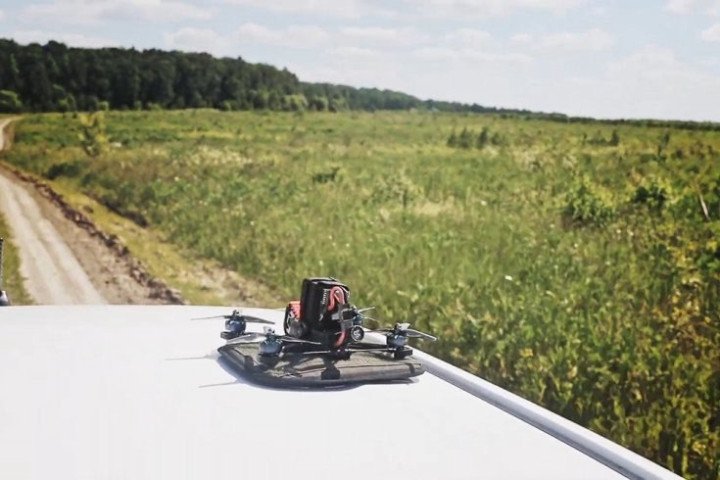
These drones emit no radio-frequency signals while dormant, making them extremely difficult to detect with conventional electronic warfare tools.
Unlike traditional FPV drones, these devices use a fiber-optic tether to maintain control. This cable-based system avoids radio-frequency emissions, making the drones undetectable to most electronic warfare systems.
How Russia implements the tactic
Russian forces have integrated sleeper drones into their combat doctrine since 2024. According to Dmitry Kuzyakin, head of Russia’s Center for Integrated Unmanned Solutions, sleeper drones can remain in standby for up to a month in summer and about one week in winter conditions.
The drones are tested to withstand rain and snow by being sprayed with high-pressure water jets before field use.
When a target appears, the operator sends a wake signal via the fiber-optic cable, and the drone launches within seconds. This eliminates the delay of launching from a distant location and gives targets minimal time to react.
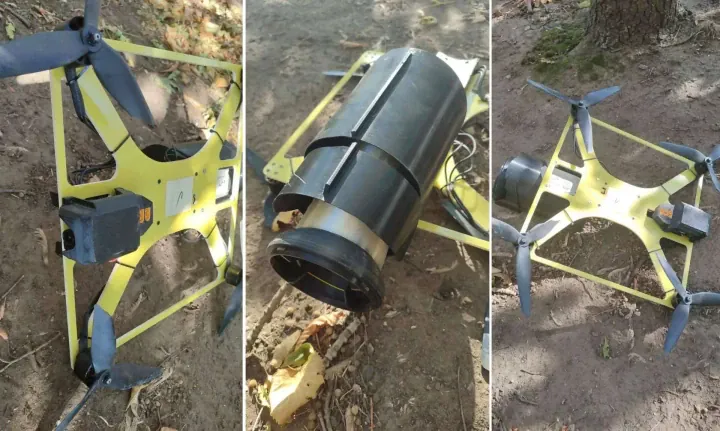
Reports confirm sightings of drones modified with rudimentary landing gear, enabling them to perch on rooftops or uneven terrain without damaging their components. The drones are often placed at elevated vantage points to maximize visibility and strike effectiveness.
To prevent capture, these drones are fitted with self-destruct mechanisms. According to Russian state media RIA, the drones carry a “detonator driver” circuit that activates if tampering is detected, such as cutting the fiber cable or opening the drone casing. Kuzyakin claimed that this feature has ensured that “not a single one of our drones has fallen into enemy hands.”
Tactical advantages
The sleeper drone offers several battlefield benefits:
Stealth: Fiber-optic control eliminates RF emissions, allowing drones to stay hidden.
Surprise: Drones strike from nearby positions, leaving little time for the enemy to respond.
Energy Efficiency: Grounded drones use minimal power while waiting.
Jamming Resistance: Fiber-optic links are immune to electronic interference.
Persistence: According to TS2.tech, the fiber tether allows drones to remain ready for action over long periods with only a trickle of power required to maintain readiness.
This tactic allows drones to function similarly to landmines or loitering munitions but with operator control and precision timing.
Limitations and Ukrainian response
Despite its advantages, the tactic has limitations. The drone’s range is limited by the fiber cable (typically 5–10 km, up to a maximum of 15–20 km). Terrain features such as forests or buildings can snag the cable and result in disconnection.
In some cases, drones have been lost during placement due to environmental obstacles. According to RFE/RL, fiber-optic drones have struggled in dense vegetation, where the tether can become tangled.
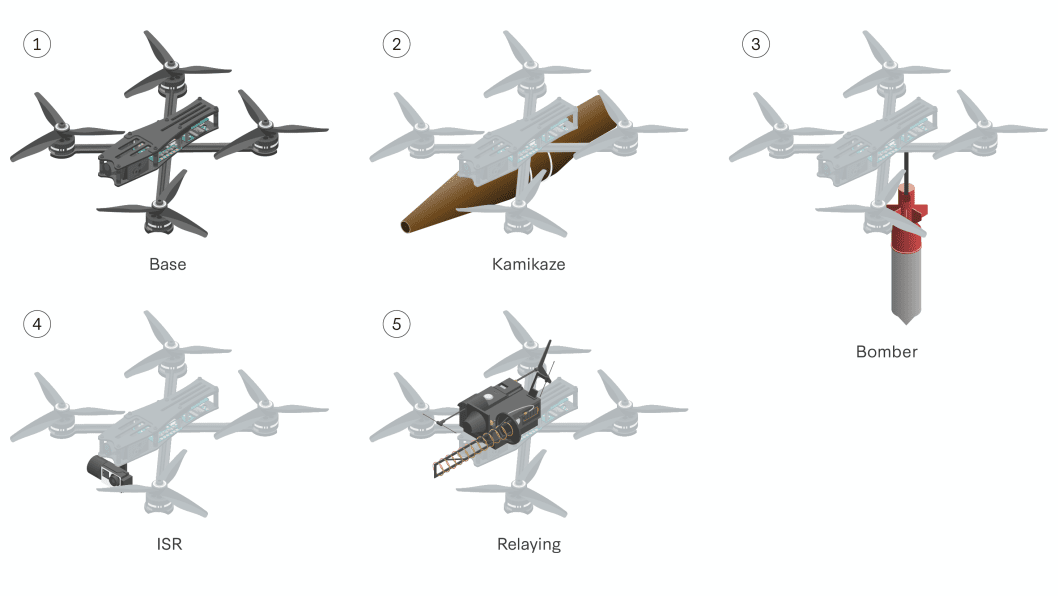
Ukrainian forces are adapting by enhancing visual detection methods and deploying physical countermeasures such as drone nets and direct fire.
Cutting the fiber cable is a theoretical option but may trigger detonation. Ukrainian troops are also experimenting with methods to spot glinting fiber lines in sunlight, which can betray a sleeper drone’s location.
Operational trends and future use
Small unmanned systems can now perform sentry or ambush roles with minimal cost and high impact. As both sides continue to innovate, the presence of hidden, dormant drones adds a new layer of complexity to modern warfare.
According to RFE/RL, Russia began scaling up production of these drones in late 2024, while Ukraine is working on its own fiber-guided variants. Ukrainian military sources report active testing of similar ambush models in early 2025.
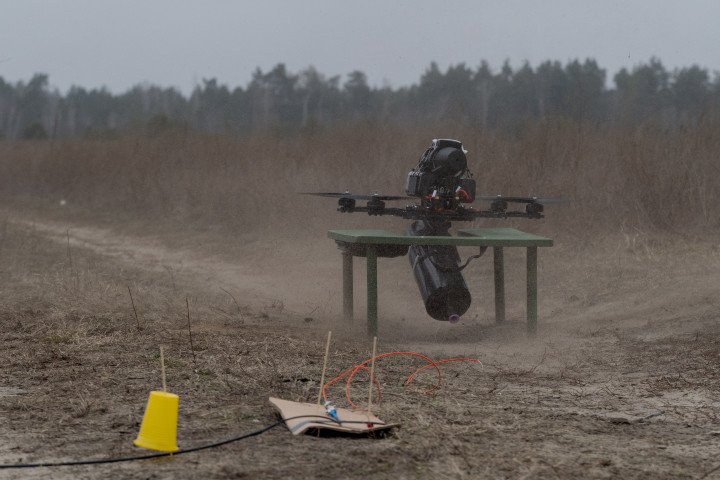
In the future, detecting and neutralizing sleeper drones may become as routine as mine clearing. These drones present persistent threats along supply routes and near high-value assets. The battlefield is becoming increasingly saturated with low-cost, high-lethality devices capable of executing precision strikes from concealed positions.
Sleeper drones represent a convergence of low-cost innovation, tactical patience, and electronic warfare resilience – marking a significant development in drone warfare.



-72b63a4e0c8c475ad81fe3eed3f63729.jpeg)

-111f0e5095e02c02446ffed57bfb0ab1.jpeg)


